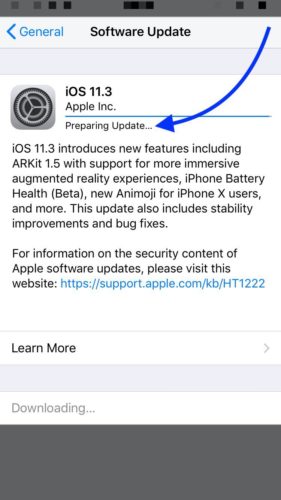News
What is preparing to update the Ethereum blockchain called Ethereum 1x?

A large number of researchers and developers have recently begun to discuss the proposed update of the ethereum called Ethereum 1x.
Changes to the code have not yet been approved, however, developers from around the world put forward their proposals for improving the usability of etherium. It is assumed that the code will be created and adopted by June 2019.
Parity’s client manager for Etrium, Afri Shёdon, suggested implementing the update on a separate blockchain, but other prominent developers and managers still suggest activating it on the ETH main blockchain .
Ethereum 2.0, which has been talked about recently, and which was named by Serenity by Vitalik Buterin, has a rather long road map, and this version of the network is likely to be launched in 2020 due to new technical requirements, which will take time to activate.
Ethereum 1x
At the moment, Ethereum 1x seems to be quite controversial, but, as Sjodon says, first of all you need to discuss ideas with interested parties so as to minimize controversial issues.
During the conference, Devcon4 Ethereum 1x was discussed in a closed room, but some prominent community members were unhappy about this, as they believed that a wider circle of people would be involved in the discussion.
The first open meeting was scheduled for November 30, 2:00 pm UT.
Ethereum 1x development teams
The minutes of the meeting, published by Dan Heyman, Pegasys Program Director, states that four groups are currently working on promoting Ethereum 1x.
The head of the first group, Alexey Akhunov, is working on the implementation of storage rent (“storage rental”) on the platform of ethereum. The purpose of the “storage lease” is to monitor the growth of applications and accounts that work on the ethereum blockchain. The more applications and accounts on the blockchain, the more time is required for new systems to join the network, which must download copies of all data.
As the amount of data on the ethereum blockchain grows, there was a proposal to charge users who store their smart contract data in order to ensure that the network is accessible to all users.
Another controversial proposal is to move some of the smart contract data from the blockchain so that the responsibility for storing them lies with the developers of various applications of the etirium themselves. Such a mechanism was decided to call stateless clients (“stateless clients”). However, some developers have raised the question of how application developers could then share data outside the blockchain and update it.
The second group involved in the development of Ethereum 1x is exploring the possibility of archiving old data stored on the blockchain in order to improve the state of the network.
The third group of developers (modeling group) is engaged in analyzing problems arising on the blockchain due to an increase in block size. They conducted several studies on the efficiency of the units in the network, and also studied the issue of the consequences of increasing the gas limit.
The fourth group is working to reduce the cost of deploying smart contracts.
The developers of ethereum also presented a new virtual machine eWASM for processing the code of smart contracts, which will allow you to “precompile” it comfortably.
“Precompilation” is the work of a smart contract optimized for work on the ethereum blockchain for a certain commission (gas) . Currently, there are only a few “precompilations” on the ethereum blockchain, but the demand for them is growing.
Afri Shedon noted that there are not so many developers in the main team of developers of ethirium if the question is about meeting the high demand for “precompilation”, because then they will not be able to focus on other important things. At the same time, it is very difficult to resolve the issue of gas consumption for some special types of operations using smart contracts.
Once the team is fully defined with the methods for creating “precompilations”, eWASM will be open to all developers.
















